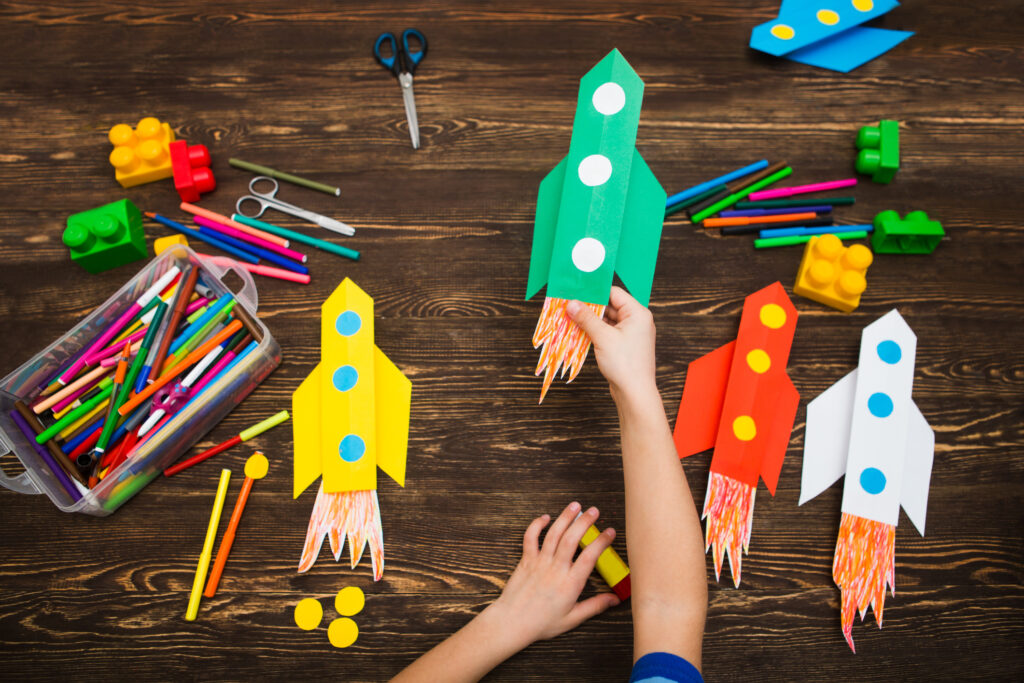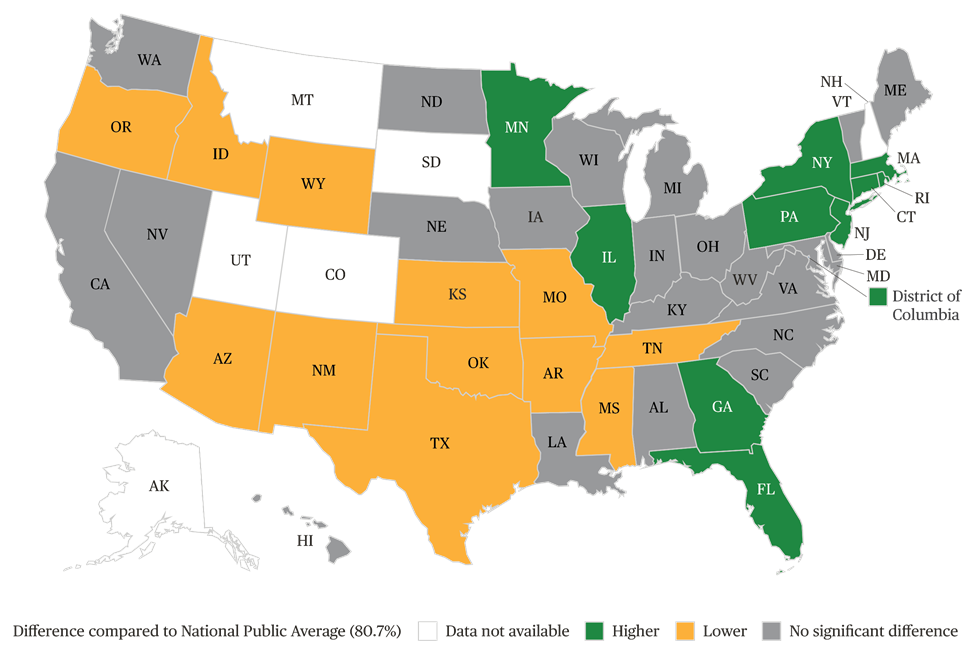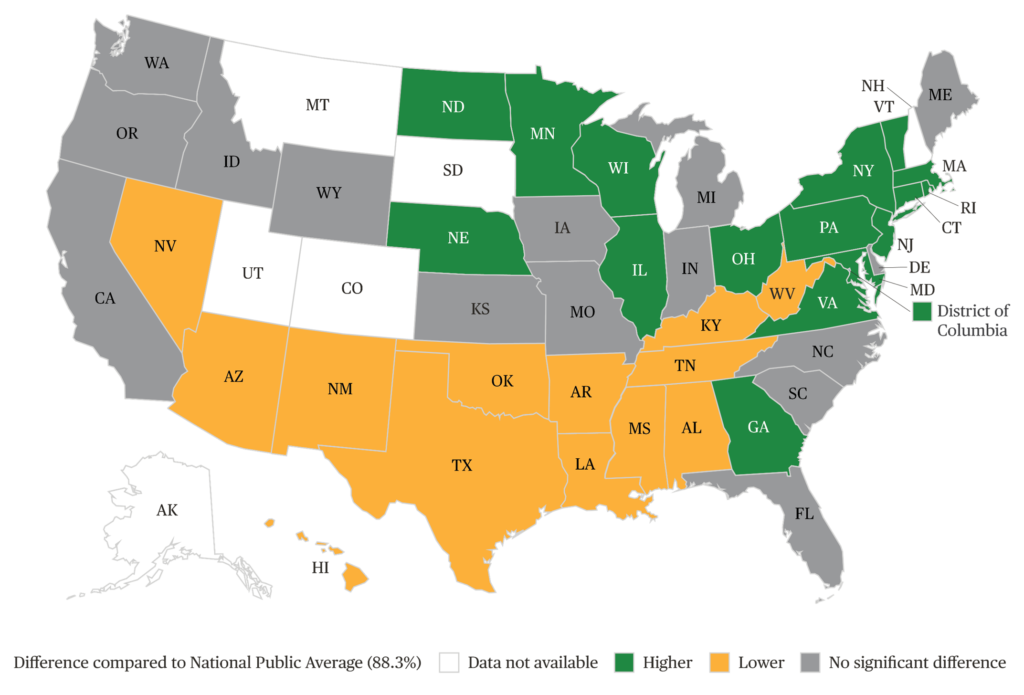
Connecting online has become essential for everyday tasks such as accessing
information, keeping in touch with friends and family, increasing productivity, and
other forms of self-accreditation. Living in a world where screens dominate most of our lives, it might be easy to overlook the essential role of paper in education and literacy promotion. While technology has transformed how we access information and communicate, paper still holds a significant place in educational settings.
Tangibility and Cognitive Engagement
One of the key benefits of using paper in education is its tangibility. Unlike digital screens, which often present distractions and limit engagement, physical paper materials offer a tactile experience. Research suggests that physically writing on paper stimulates the brain and enhances memory retention.
Print text allows readers to mentally map information they read in relation to other information or ‘landmarks’ (e.g., a chapter, the left or right page, near the top or bottom of the page). Spatial maps have been shown to improve learning, retention and comprehension overall.1
From taking notes to drawing diagrams, paper provides a medium that encourages active learning and deepens comprehension.
Reading Comprehension and Retention
Printed books, textbooks, and reading materials are crucial in developing comprehension skills. Studies indicate that individuals have better reading comprehension when reading from paper rather than screens.
All else being equal, children 8 years old and younger comprehend storybooks better when they are in print rather than digital form, according to an analysis of 39 experimental studies published in the Review of Educational Research.2
The tactile nature of paper facilitates annotation, underlining, and flipping back and forth, enabling readers to interact with the text and better absorb information. Additionally, the lack of digital distractions often allows longer, uninterrupted reading sessions.
Accessibility and Inclusivity
Paper-based resources, such as textbooks, workbooks, and printed learning materials, bridge the digital divide, ensuring all students can access educational content.
When it comes to requiring access to digital platforms, some students may need help getting online as easily as others. Making school-required activities and assignments paper-based can level the playing field and make learning the priority.


Multisensory Learning in Education
Paper supports multisensory learning experiences, catering to diverse learning styles. Manipulating physical objects (such as flashcards or interactive worksheets) engages multiple senses, enhancing comprehension and knowledge retention. Hands-on activities that involve cutting, pasting, or building with paper materials promote kinesthetic learning, reinforcing concepts and fostering creativity.
When children composed text by hand, they not only consistently produced more words more quickly than they did on a keyboard, but expressed more ideas. And brain imaging in the oldest subjects suggested that the connection between writing and idea generation went even further.1
Note-Taking and Organization
The act of writing by hand on paper has been linked to improved information processing and recall. Taking notes on paper allows students to summarize, synthesize, and paraphrase information effectively. The physicality of paper notes also facilitates organization and revision, as students can easily highlight key points, make connections, and create personalized study aids.
A 2014 study compared the outcome of students taking lecture notes by hand with those who took notes on a laptop. When it came to testing the students on their knowledge of the information, they were allowed to review their notes for 10 minutes before the test. Those who took longhand notes performed better on both factual and conceptual questions.3
Digital Fatigue and Distraction
Digital devices and screens have raised concerns about cognitive load and digital fatigue. Extended screen time can lead to mental strain, eye strain, and decreased focus. Paper-based materials provide a valuable alternative to continuous screen exposure, reducing the cognitive load on students and promoting overall well-being.
Laptops are commonplace in university classrooms and one of their drawbacks is that they offer distractions to note taking. Research on the effects of in-class laptop use on student learning showed that multitasking on a laptop poses a significant distraction to both users and fellow students and can be detrimental to comprehension of lecture content.1
Conclusion: Paper is Here to Stay
While technology undoubtedly offers many benefits in education, the role of paper should not be underestimated. Paper materials provide tangible, engaging, and accessible resources that support literacy development, enhance learning experiences, and cater to diverse learning styles. A balanced approach incorporating digital tools and paper-based materials can foster a holistic and inclusive educational environment. As we navigate the digital landscape, let us remember the value of paper in promoting literacy and nurturing a love for learning.

